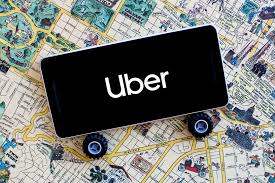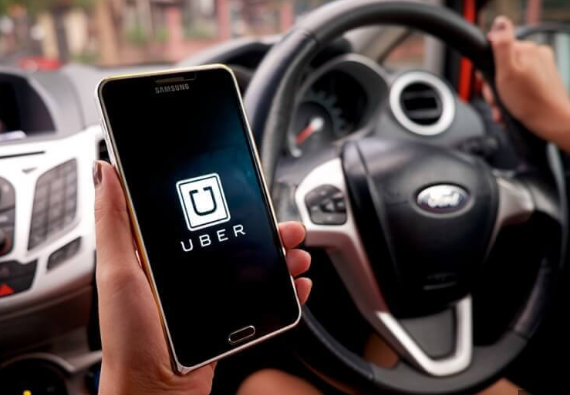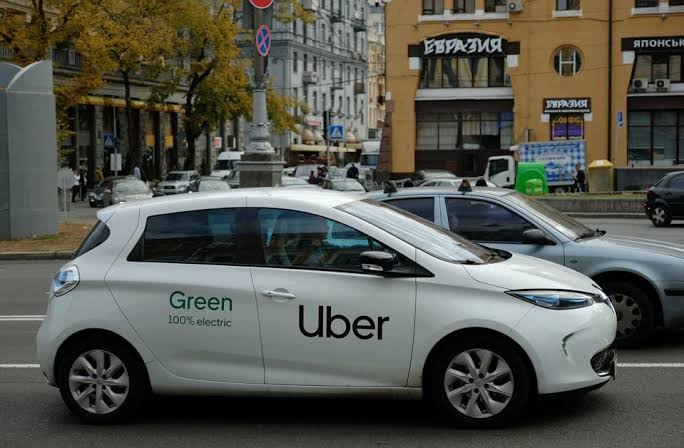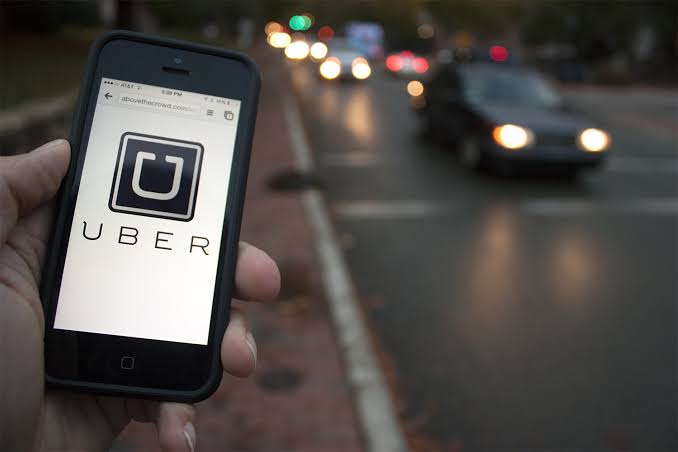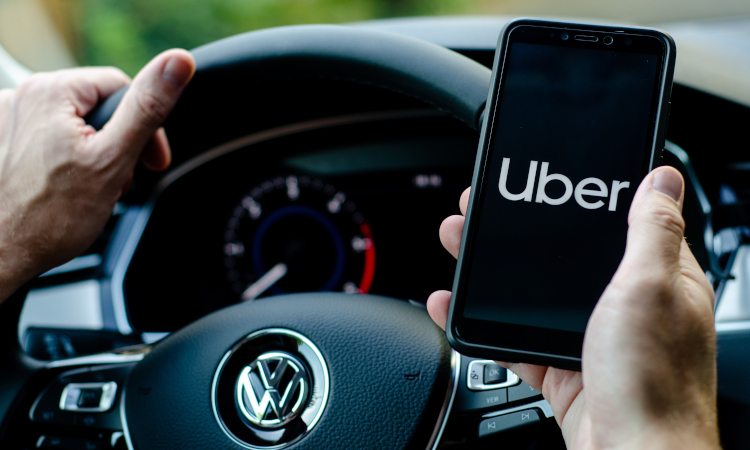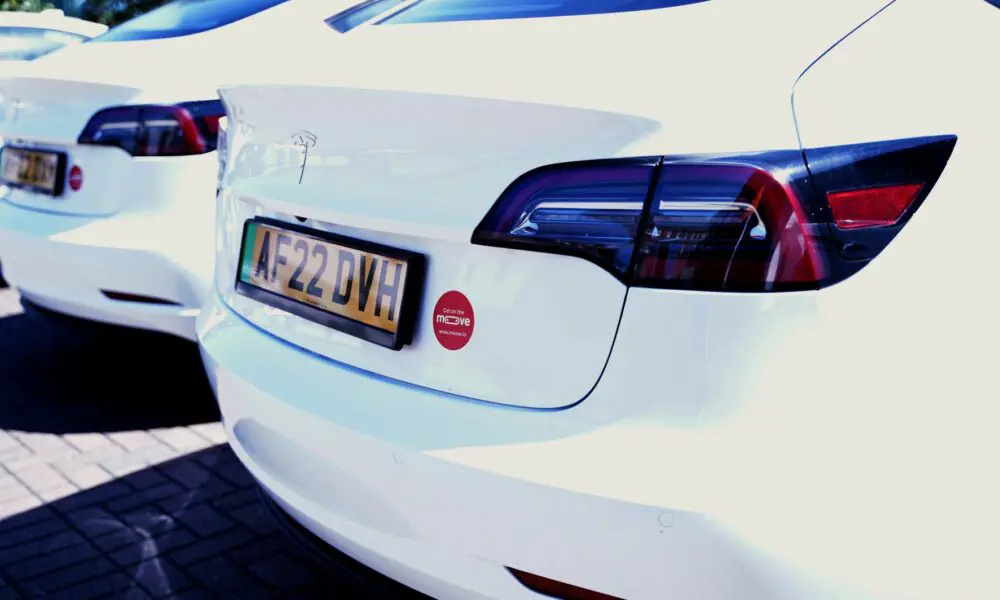The GO-acquire event, which is Uber’s annual product presentation, took place on May 17th, and it was during this event that the company announced new technologies that make it easier for consumers to go anywhere and acquire anything.
During the event, Uber’s Chief Executive Officer Dara Khosrowshahi unveiled a variety of new features for users, including the following:
Parental and adolescent perspectives are included.
A function that enables riders to create a family profile and connect numerous Uber accounts to one another so that they can share rides together. Riders will be able to pay for rides and delivery using a centralised account, and they will also receive real-time information regarding their position and orders.
Uber also introduced accounts just for teenagers. This function was developed for parents and caretakers of adolescents aged 13 to 17, and it assists parents and caretakers in transporting adolescents who are under their supervision. Verify My Ride, RideCheck, and Audio Recording are some of the safety features that were integrated into the feature throughout development.
It also incorporates real-time trip tracking, which enables parents to monitor their teen’s journey in real time and determine both who is driving and exactly where their child is going.
Read also: Uber sells 50.03% of its stake in Careem
The partnership with Nuna
Uber has formed a partnership with the manufacturer of car seats known as Nuna in order to provide rides with the company’s high-quality and fashionable car seats. This partnership enables parents and carers to request and reserve a ride with Nuna’s RAVA car seat, which can easily carry children weighing anywhere from 5 to 65 pounds.
For consumers in the United States, the toll-free number 1-833-USE-UBER (1-833-873-8237) allows them to chat with an agent in either English or Spanish, make an immediate ride request, or make a reservation for a ride in the future.
Group Grocery Orders When riders place group grocery orders with Uber Eats, they are able to invite other riders to add their own goods to a shared shopping cart, establish deadlines for when other riders must add their must-haves, and even automatically split the payment among all of the participants.
Rides in groups
Riders of Uber will soon be able to invite people to add their addresses to a group journey, and the app will soon automatically update the stops to pick each person up according to the route that provides the greatest amount of time savings.
Video gift messaging
You can now record a one-of-a-kind video greeting to accompany your gift on Uber Eats. This feature was added to make gift-giving on the platform more personal and memorable. Beginning with gift cards, you will soon be able to add this unique and personal touch to anything you give through Uber Eats. Whether it’s a bouquet of flowers, a box of chocolates, or even your go-to tikka masala, video gift messaging is the perfect finishing touch for your Uber present.
The core of Uber
Uber Central is a function of Uber for Business that enables businesses such as hotels and car dealerships to give additional services to their customers by booking trips for them to various locations. These locations include airports and museums.
Felicia Akindurodoye is an experienced writer and researcher, whose watchword is originality.
